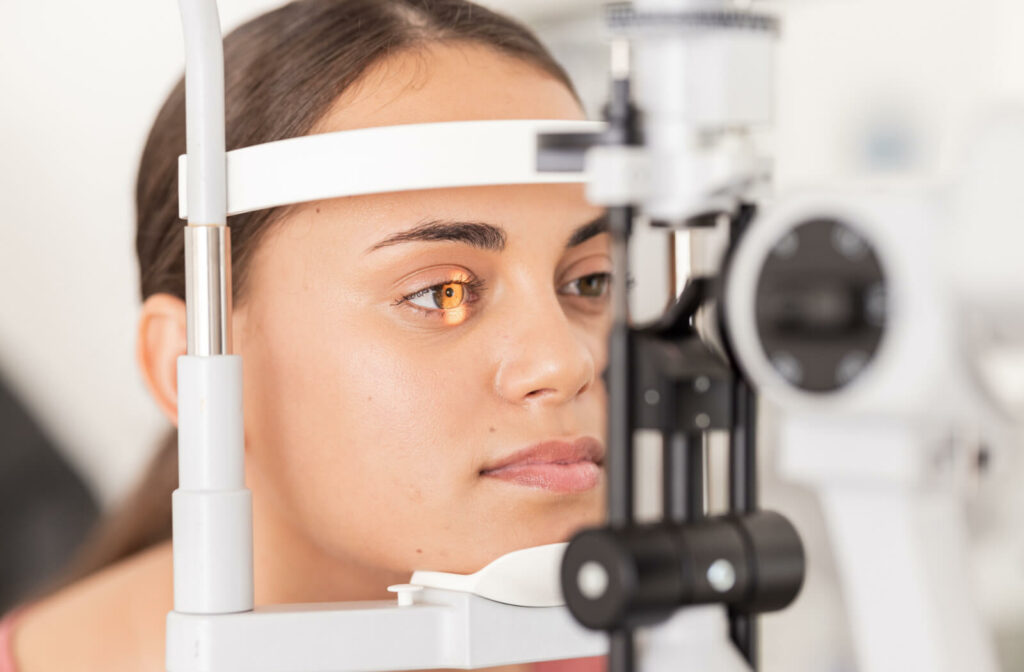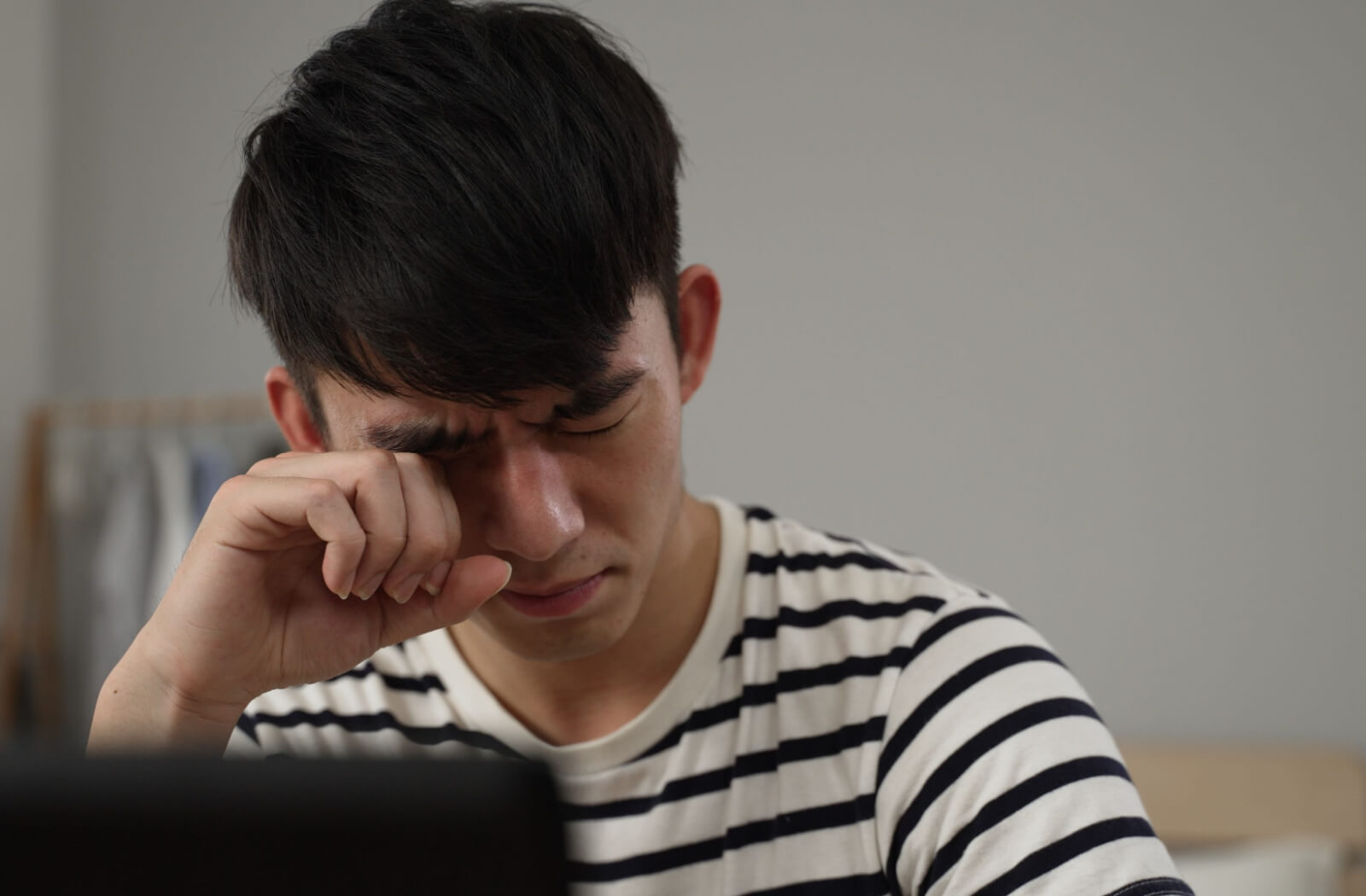Are your eyes irritated, gritty, or sensitive to light? If so, you may have dry eye syndrome. This common condition occurs when your tears are unable to keep the surface of your eyes lubricated, leading to discomfort, inflammation, blurred vision, and other symptoms.
The daily struggle with dry eyes can impact your quality of life and prevent you from enjoying daily activities. But low-level light therapy (LLLT) can help you find relief.
LLLT uses specific wavelengths of non-visible light to stimulate your tear glands and improve your tear quality.
What Is Dry Eye Syndrome?
Dry eye syndrome occurs when there’s a dysfunction in the tear film and your body either doesn’t produce enough tears or produces tears of poor quality. It can cause symptoms like:
- Dryness or grittiness in the eyes
- Burning or stinging sensation
- Redness and irritation
- Sensitivity to light
- Blurred vision
The tear film is a thin layer of moisture that keeps the surface of your eyes smooth, healthy, and free from debris.
It’s made up of 3 layers: an oily outer layer, a watery middle layer, and a mucus inner layer.
Each layer is essential for healthy eyes, so if one of them becomes compromised, you can develop dry eye syndrome. Several factors can contribute to the dysfunction of your tear film.
Meibomian Gland Dysfunction
The meibomian glands produce the oily layer of the tear film, which stops the tear film from evaporating too quickly. When the meibomian glands become inflamed or blocked, it prevents the oil needed for your tear film from secreting, leading to meibomian gland dysfunction (MGD). This can result in an unstable tear film and cause dry, gritty, irritated eyes.
MGD is the most common cause of evaporative dry eye.
Aging
Aging is a common risk factor for dry eye, as tear production naturally decreases with age.
Hormone Imbalances
Hormonal changes, particularly during menopause, can affect tear production and cause dry eye symptoms.
Contact Lens Wear
Wearing contact lenses can contribute to dry eye symptoms. Soft lenses can irritate the surface of the eye, draw moisture away from the eye, and disrupt the tear film. Fortunately, specialty contact lenses can address these issues.
Prolonged Use of Screens
Extended screen time can contribute to dry eyes because we don’t blink as often when using them. Blinking spreads the tear film across the surface of the eye and helps express the meibomian glands. So reduced blinking can lead to dryness.
Environmental Factors
Dry, windy climates, air conditioning, or heating can all contribute to dry eye symptoms.
Certain Medications
Some medications, such as antihistamines and antidepressants, can cause decreased tear production.
Smoking
Smoking has been linked to an increased risk of developing dry eye syndrome because smoking can irritate the eyes and reduce tear production.
Health Conditions
Certain health conditions, such as diabetes, rheumatoid arthritis, and thyroid disorders, have been associated with an increased risk of dry eye syndrome. These conditions can affect the body’s ability to produce tears or cause changes in the tear film.
How Does LLLT Treat Dry Eye Syndrome?
LLLT is a non-invasive treatment that uses low levels of light energy to stimulate the body’s natural healing processes. This therapy has also been used for various medical conditions, including wound healing and pain relief.
It addresses MGD by targeting the meibomian glands in the eyelids, stimulating blood flow, increasing cellular activity in the targeted area, and improving tear quality.
Benefits of LLLT versus Traditional Treatments for Dry Eye
LLLT offers several benefits compared to traditional treatments:
- LLLT promotes natural tear production: LLLT stimulates the glands responsible for tear production, helping restore and maintain a healthy tear film and providing longer-lasting relief for dry eye symptoms.
- Non-invasive and pain-free: LLLT is a non-invasive treatment generally well-tolerated by patients.
- Minimal side effects: Compared to other traditional treatments that may have side effects, LLLT is considered safe and side-effect-free.
- Effective for MGD: LLLT helps improve the function of meibomian glands, leading to better tear production and symptom relief.
- Long-term improvement: With regular LLLT sessions, you can experience sustained improvement in your dry eye symptoms.

Find Effective Relief for Your Dry Eyes
Our team at Restore Vision Center is here to help answer all your questions and discuss your options for LLLT dry eye therapy. Call us today to book an appointment and discover dry eye treatment in League City, TX.



